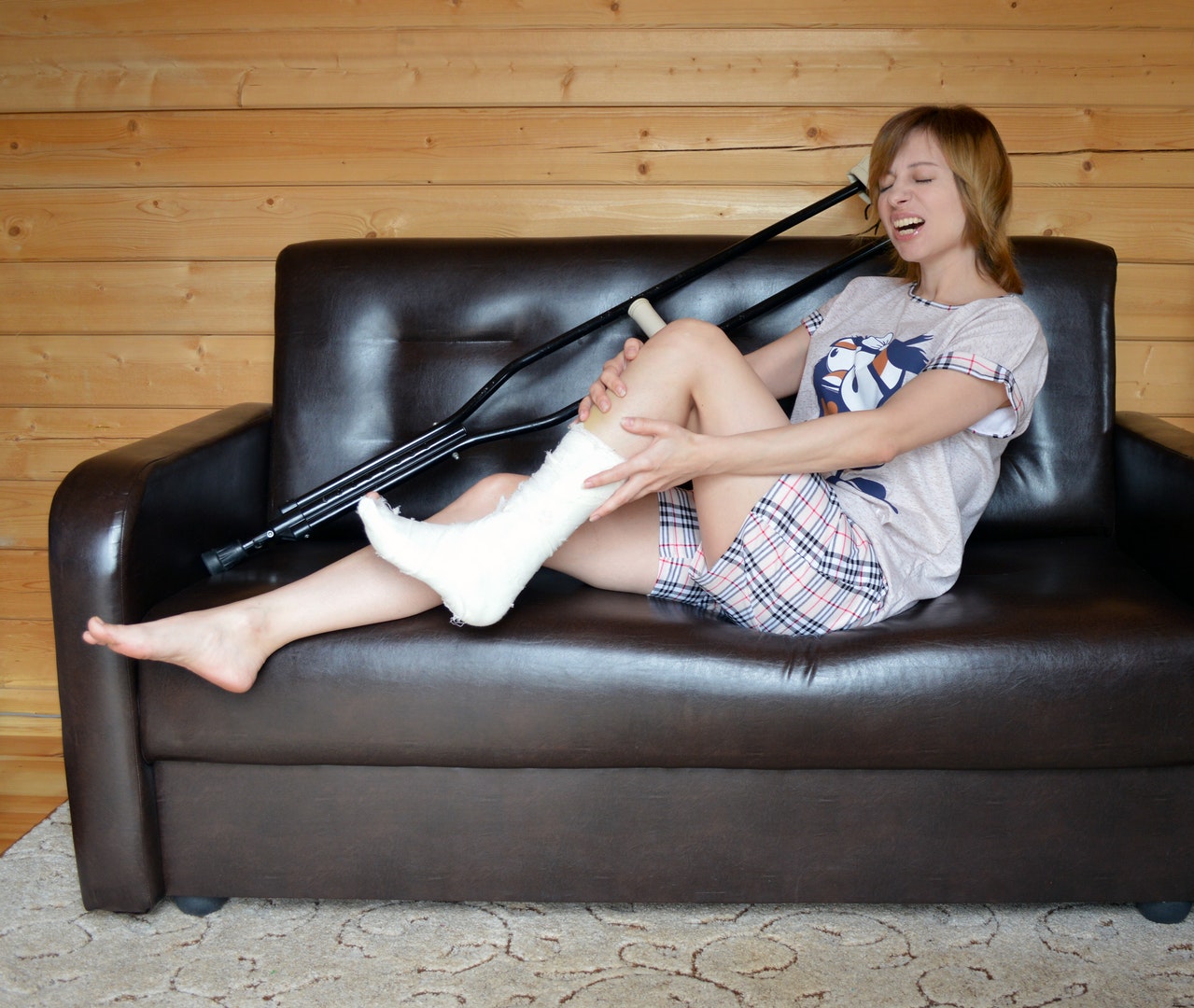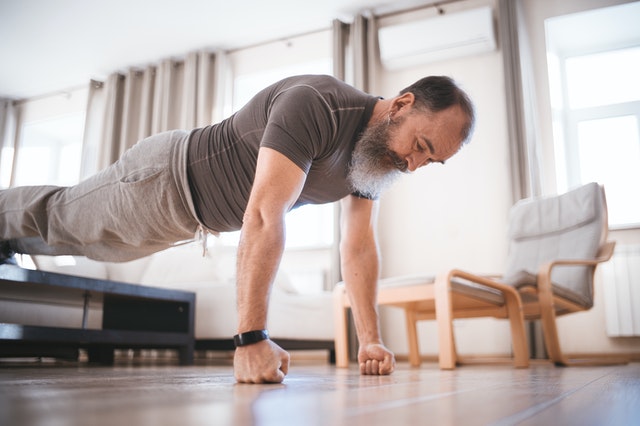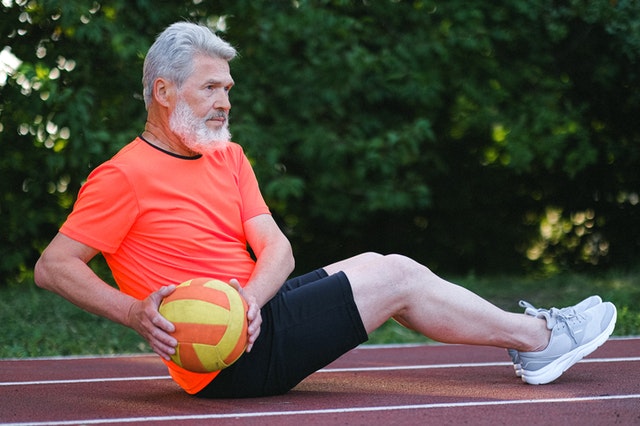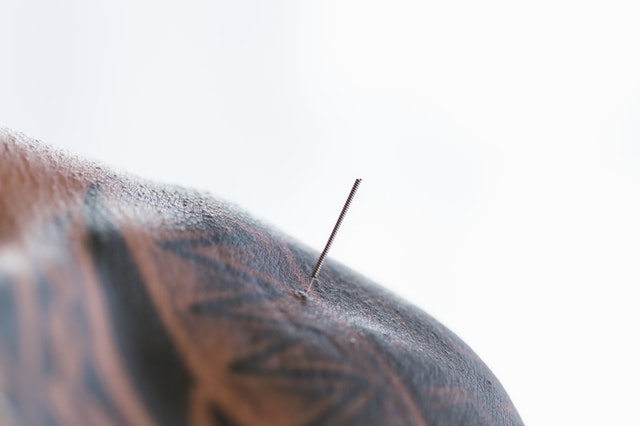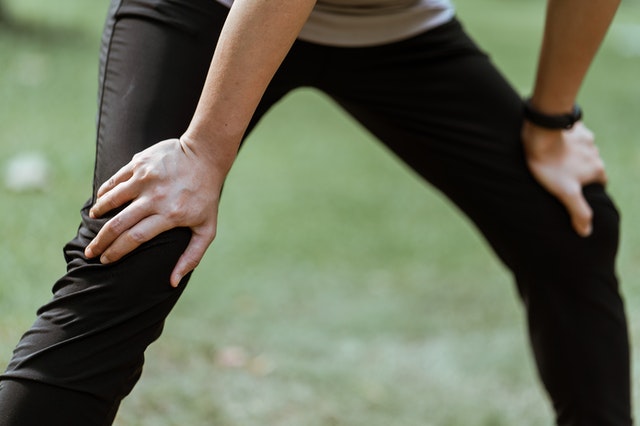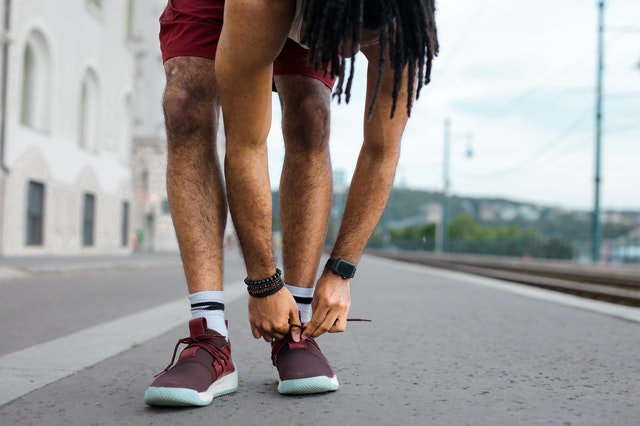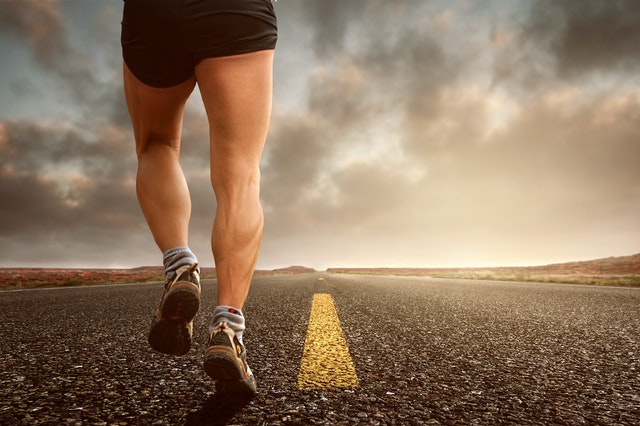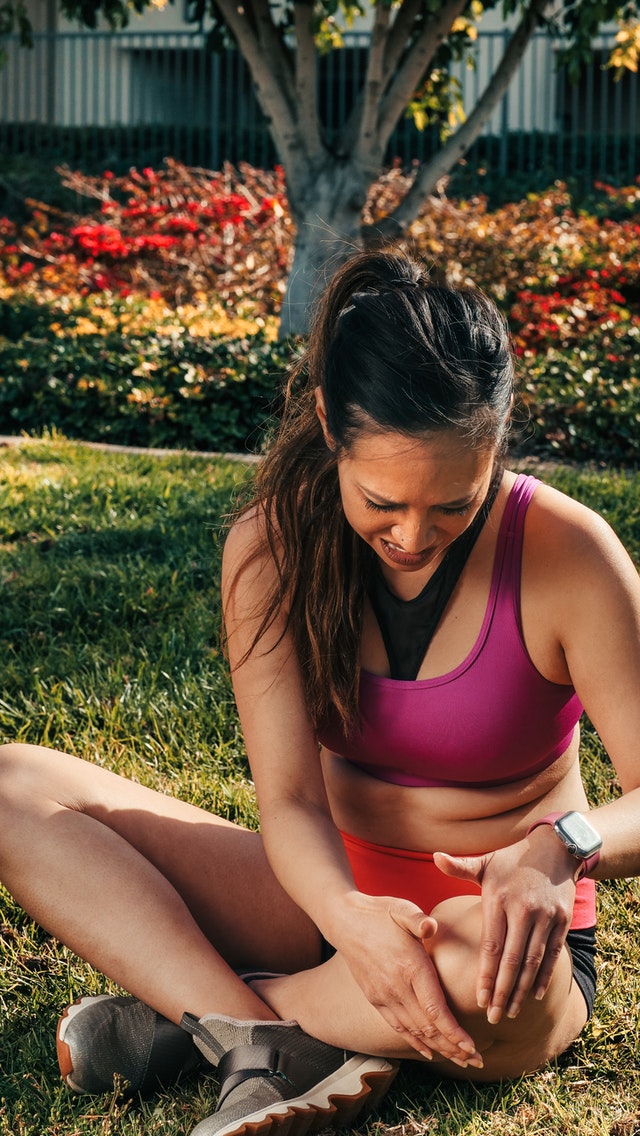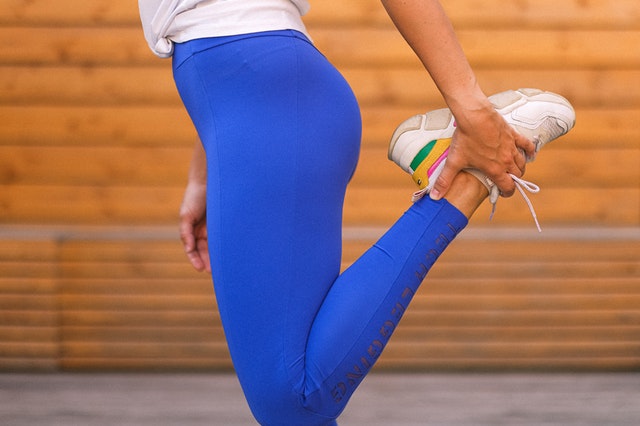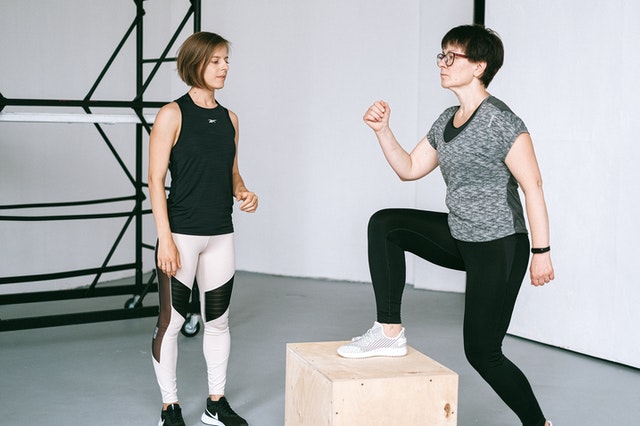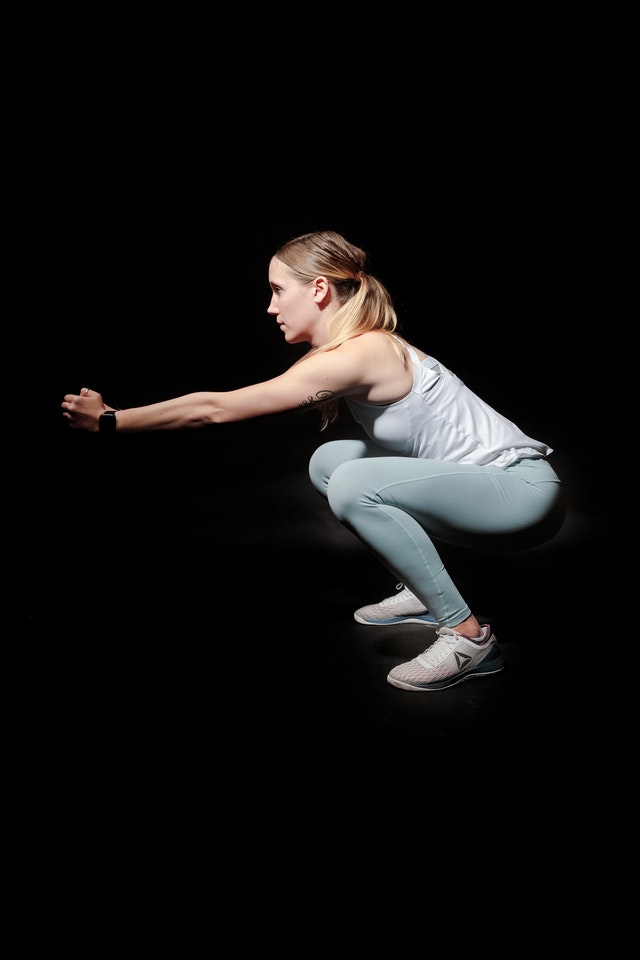The term "charley horse" is a somewhat playful name for a leg cramp. The cramp usually affects the foot, calf, or thigh, and medical professionals describe it as an intense muscle pain that can cause leg spasms and prolonged pains in the muscle.
Nearly 75% of leg cramps occur at night. It is a common symptom among aging adults. According to research, 33% of people over 60 have leg cramps at least twice a month. Specialists estimate that almost every person over 50 years will experience a leg cramp at least once.
Thankfully, you can treat leg cramps in several ways. While medication is an option for many, there are also several holistic techniques that you can adopt to minimize your risks.
Finding Immediate Relief
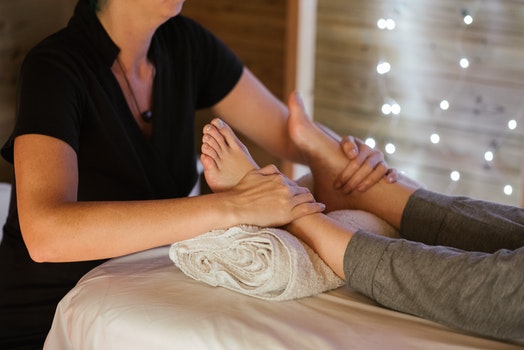
There are no medications for the immediate relief of a leg cramp. If you want to correct a cramp quickly, you only have a few options, including:
- Massaging
- Stretching
- Walking
- Standing
- Applying heat or cold
Stretching and walking seem like the most effective at-home responses to leg cramps. When the cramping begins, straighten your leg. Then, stretch your toes toward your shin and flex your leg muscles.
Standing and putting weight on your leg can also help ease the cramp. Move around the room, walking and evenly distributing your weight from left to right. As you lift the cramping leg, wiggle it.
There are no medications for the immediate relief of a leg cramp. If you want to correct a cramp quickly, you only have a few options, including:
Understanding Common Causes
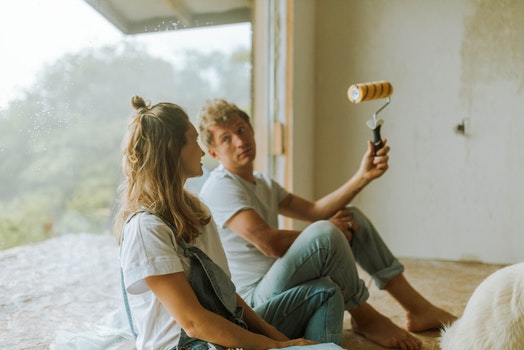
Many people worry that leg cramps are a sign of a more significant health problem, but many cramps have no underlying cause; they are idiopathic cramps. Idiopathic cramps can stem from a restricted blood supply, involuntary nerve discharges, too much exercise, and stress. Other potential causes of nocturnal leg cramps include:
- Improper sitting
- Working or standing on concrete floors
- Overusing muscles
- Sitting for extended periods
While leg cramps do not always point to health problems, some health conditions can cause cramps. Some of the most common causes of leg cramps include:
- Pregnancy
- Dehydration
- Alcoholism
Reducing the Risks of Future Leg Cramps

There are many ways to reduce the risks of leg cramps in the future, but there are no guarantees. Healthcare professionals recommend frequent leg exercises and drinking plenty of water — six to eight glasses per day — for those who deal with frequent cramps.
You can also adjust your sleep position and habits. For example, if you sleep on your back, use pillows to keep your feet and toes in a neutral, upward-facing position. If you sleep on your stomach, hang your feet over the edge of the bed. Also, avoid tucking your sheet too tight; you want your feet in a neutral position and not distorted.
Visit a podiatrist to receive expert advice about shoe selection. Wearing the correct shoes can reduce discomfort and muscular distress, potentially reducing the risks of cramps.
There are many ways to reduce the risks of leg cramps in the future, but there are no guarantees. Healthcare professionals recommend frequent leg exercises and drinking plenty of water — six to eight glasses per day — for those who deal with frequent cramps.
You can also adjust your sleep position and habits. For example, if you sleep on your back, use pillows to keep your feet and toes in a neutral, upward-facing position. If you sleep on your stomach, hang your feet over the edge of the bed. Also, avoid tucking your sheet too tight; you want your feet in a neutral position and not distorted.
Knowing When To See a Doctor
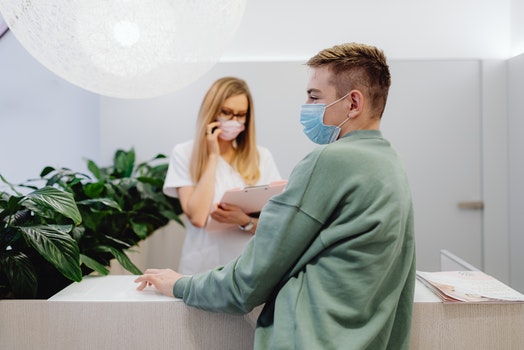
Most leg cramps will never require a visit to the hospital. However, if a leg cramp lasts longer than 10 minutes or the pain becomes unbearable, go to the emergency room. Also, if you experience frequent cramps, talk to your doctor about potential causes.
Nocturnal leg cramps are common, especially among the more mature population. You cannot do much to relieve the pain immediately except walk and stretch. Adopting healthy habits like exercise and drinking plenty of water can reduce the likelihood of frequent cramping. If you are concerned about your leg cramps, you should talk to your doctor.

